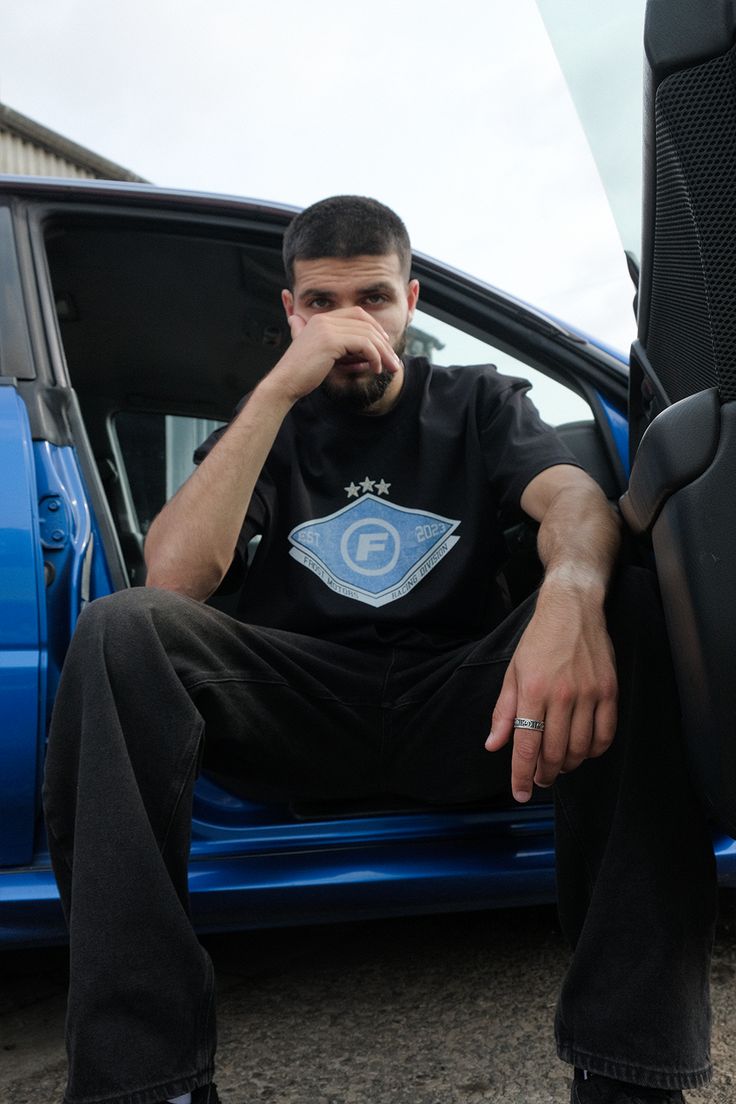Introduction — The Quiet Revolution of Style
In a world where loud prints, flashy logos, and fast-changing fads often dominate, there’s a quiet force reshaping the way we think about fashion. It doesn’t scream for attention or chase after validation. Instead, it speaks in whispers — refined, confident, and effortlessly poised. This is the power of understated fashion.
Understated style isn’t about blending into the background; it’s about mastering the art of presence without excess. It’s the elegance of simplicity, the confidence of restraint, and the beauty that comes from knowing exactly who you are — without needing to announce it. From timeless tailoring to muted tones, this movement is redefining what it means to be fashionable in an era obsessed with spectacle.
Minimalism has evolved beyond an aesthetic. It’s become a mindset — a declaration that true sophistication lies in subtlety, not showiness. Today’s designers, influencers, and everyday style leaders are embracing the power of quiet dressing, proving that less isn’t just more — it’s everything.
The Philosophy Behind Understated Fashion
Understated fashion is not merely about minimalism or neutral palettes; it’s a philosophy of confidence. It’s for the individual who doesn’t need to chase trends to feel relevant, because authenticity itself is timeless. The essence of this style lies in intentionality — every fabric, every cut, every color is chosen with meaning.
This quiet confidence often translates into clothing that prioritizes form, structure, and texture. A tailored blazer in soft grey wool, a crisp white shirt, or a black dress with clean lines — these garments don’t need embellishment to make an impact. Their strength lies in craftsmanship and fit, the way they complement rather than overpower the person wearing them.
In a culture that celebrates constant visibility, understated fashion becomes a rebellion. It redefines power as something internal — a sense of self that doesn’t require validation through extravagance.
The Rise of Quiet Luxury
The fashion industry’s recent pivot toward “quiet luxury” is more than just a passing phase; it’s a reflection of evolving consumer values. Brands like The Row, Jil Sander, Loro Piana, and Celine have built empires on the concept of discreet elegance — fashion that whispers exclusivity rather than shouts it.
Quiet luxury isn’t about the absence of opulence; it’s about refined detail. It celebrates craftsmanship over logos, longevity over seasonal hype. A perfectly tailored coat made from cashmere says more about taste and intention than any monogram ever could.
Consumers today are also becoming more conscious of sustainability and quality. They seek pieces that transcend seasons, garments that can be worn and loved for years. The quiet luxury mindset aligns perfectly with this — a slower, more thoughtful approach to style that prioritizes longevity and authenticity.
The Psychology of Subtle Strength
Fashion has always been a form of communication, but understated style operates on a different frequency. Where bold fashion screams, understated fashion listens — and then speaks volumes. It tells the world that you’re comfortable in your own skin, that your confidence doesn’t depend on external approval.
This kind of dressing is deeply psychological. It’s rooted in self-assurance and emotional balance. People drawn to this style often value depth over decoration and connection over attention. Their strength comes from within — and that’s what makes understated fashion so magnetic.
There’s also a calming effect in dressing simply. Neutral tones, soft fabrics, and timeless silhouettes have a grounding presence. They reflect inner peace and maturity — an aesthetic that resonates strongly in today’s fast-paced, overstimulated culture.
Craftsmanship and Detail: The Hidden Power
Understated fashion relies on precision and detail — the kind you can feel but don’t always see. It’s the weight of a well-made coat, the drape of a silk blouse, or the flawless stitching on a pair of trousers. These quiet details distinguish refined fashion from the mass-produced.
Designers who embrace subtle strength understand that perfection lies in restraint. They use texture, proportion, and silhouette to evoke emotion. Instead of overloading designs with embellishments, they focus on balance and proportion — creating pieces that feel effortless yet intentional.
It’s fashion that rewards attention, not distraction. The longer you look, the more beauty you notice — a quality that mirrors the depth of those who wear it.
Modern Icons of Understated Style
In recent years, we’ve seen a resurgence of fashion icons who embody this quiet strength. Think of Phoebe Philo’s minimalist legacy, Angelina Jolie’s refined wardrobe, or Zendaya’s tailored sophistication. Even menswear has embraced this subtle power through figures like Timothée Chalamet and Daniel Craig, who favor clean cuts and tonal dressing over ostentatious styling.
These individuals prove that simplicity doesn’t mean invisibility — it’s magnetism through mastery. Their looks may appear effortless, but every element is carefully chosen to convey confidence, clarity, and self-awareness.
Social media, once dominated by maximalist trends, has also begun celebrating quieter forms of style. The rise of capsule wardrobes, neutral-toned aesthetics, and “quiet girl” or “clean fit” movements all reflect a cultural shift toward refined individuality.


